How To Grow A Peony That Lasts 70 Years

Peonies are gorgeous perennials that can bloom for decades. They can last for nearly 100 years, if properly cared for. Growing peony plants is easy and pays huge dividends. Their beautiful, fragrant blooms can’t be beat and their glossy green foliage adds interest even after the spring display is done. Plus, deer don’t bother them! Read on to learn how to grow peonies that will last for generations.
Types Of Peony
Let’s talk about the different types of peonies: The most common type is the herbaceous garden peony. These are the pretty spring bloomers you see in most people’s gardens. But there are also fernleaf peonies, woodland peonies, tree peonies, and Itoh peonies which are a cross between tree and garden peonies. In this article, we’re going to focus on the common garden peony.
There are thousands of cultivars of garden peonies that grow in zones 3 through 9. They are split into five main flower types: single bloom, double bloom, semi-double bloom, anemone, and Japanese. They come in a variety of colors from blush to bright pink, white, peach, and red.
How To Plant A Peony
You can buy peonies as potted plants or tubers. Potted peonies do best when planted in fall, but you can plant them anytime during the growing season. However, you should only plant tubers in fall.
Choose a sunny spot with enough room for your peony to grow 3 to 4 feet (0.9-1.2 m.) wide and tall. Think hard about where you want to plant your peony, because once they’re in the ground they don’t like to be moved.
Add plenty of compost to the planting hole and don’t plant peonies too deep. Cover the crown of your plant or tuber with 1 to 2 inches (2.5-5 cm.) of soil. Planting too deep is one of the most common reasons why peonies won’t bloom.
How To Take Care Of Peonies
Fertilize peony plants for the first couple years in early spring or just after flowering. Older, established peonies don’t need much care. Just add a layer of compost and mulch around plants in spring, making sure not to pile the mulch around the stems. If blooms diminish, feed plants with a low nitrogen fertilizer or work bone meal into the soil around your plants once every 3 to 5 years.
Gardening tips, videos, info and more delivered right to your inbox!
Sign up for the Gardening Know How newsletter today and receive a free copy of our e-book "How to Grow Delicious Tomatoes".
To grow bigger blooms, try disbudding your peonies. Simply pinch off the smaller side buds, leaving the main terminal flower bud. Disbudding will result in less blooms, but each flower will be bigger and better formed.
Flowers may be too heavy for peony stems to support, especially on double bloom varieties. You can stake peonies in spring before foliage leafs out. There are even metal stands made specifically for peonies. If you’re in a pinch, though, a tomato cage will do.
Peonies look just as good in a vase as they do in the garden. They make excellent cut flowers that last several days. Cut blooms just before they open. Gently squeeze buds to see if they are ready. They should feel like a marshmallow, with a little bit of give. Don’t take more than one-third of the flowers from a peony. This will keep your plant healthy and blooming well next year.
Cut back peonies in the fall to about 3 inches (7.5 cm.) high. Throw away any diseased foliage – don’t put it in your compost pile. Peonies are generally pest free, but they do occasionally suffer from powdery mildew later in the summer. They may also have trouble with botrytis blight which is caused by cool, wet weather. Water early in the day and maintain good airflow around plants to prevent problems.
Ever wonder why there are ants on your peonies? They love the sweet nectar the peony buds produce in spring. Many people believe the ants help the peonies bloom, but that’s actually a myth. Peonies can bloom all on their own!
Once peonies are established, they are very easy to care for. With just a little bit of work, your peonies will last for generations to come. What an amazing legacy to leave in your garden!

Laura Walters is a Content Editor who joined Gardening Know How in 2021. With a BFA in Electronic Media from the University of Cincinnati, a certificate in Writing for Television from UCLA, and a background in documentary filmmaking and local news, Laura loves providing gardeners with all the know how they need to succeed, in an easy and entertaining format. Laura lives in Southwest Ohio, where she's been gardening for ten years, and she spends her summers on a lake in Northern Michigan. It’s hard to leave her perennial garden at home, but she has a rustic (aka overcrowded) vegetable patch on a piece of land up north. She never thought when she was growing vegetables in her college dorm room, that one day she would get paid to read and write about her favorite hobby.
-
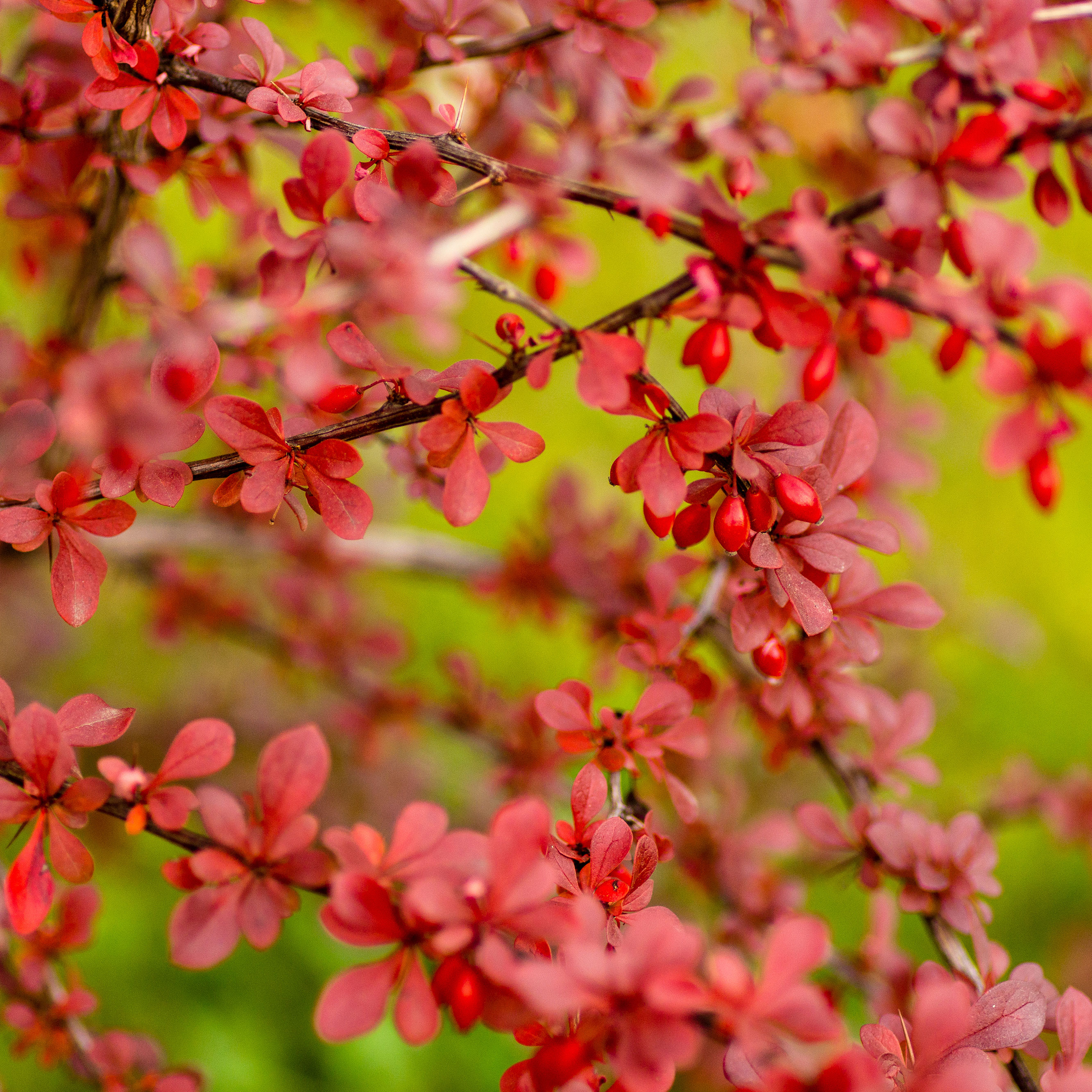 Which Invasive Shrubs Should You Avoid Growing? Plus, Best Natives To Plant Instead
Which Invasive Shrubs Should You Avoid Growing? Plus, Best Natives To Plant InsteadCertain plants may look lovely but they can wreak havoc to local areas and native wildlife. Here are the key invasive shrubs to avoid – with recommendations on gorgeous native alternatives to try
-
 What Not To Plant With Tomatoes: 8 Bad Neighbors That Could Ruin Your Harvest
What Not To Plant With Tomatoes: 8 Bad Neighbors That Could Ruin Your HarvestNot all companion plants are beneficial – some can sabotage your tomatoes. Find out which ones to keep at a safe distance in the garden.
-
 Which Invasive Shrubs Should You Avoid Growing? Plus, Best Natives To Plant Instead
Which Invasive Shrubs Should You Avoid Growing? Plus, Best Natives To Plant InsteadCertain plants may look lovely but they can wreak havoc to local areas and native wildlife. Here are the key invasive shrubs to avoid – with recommendations on gorgeous native alternatives to try
-
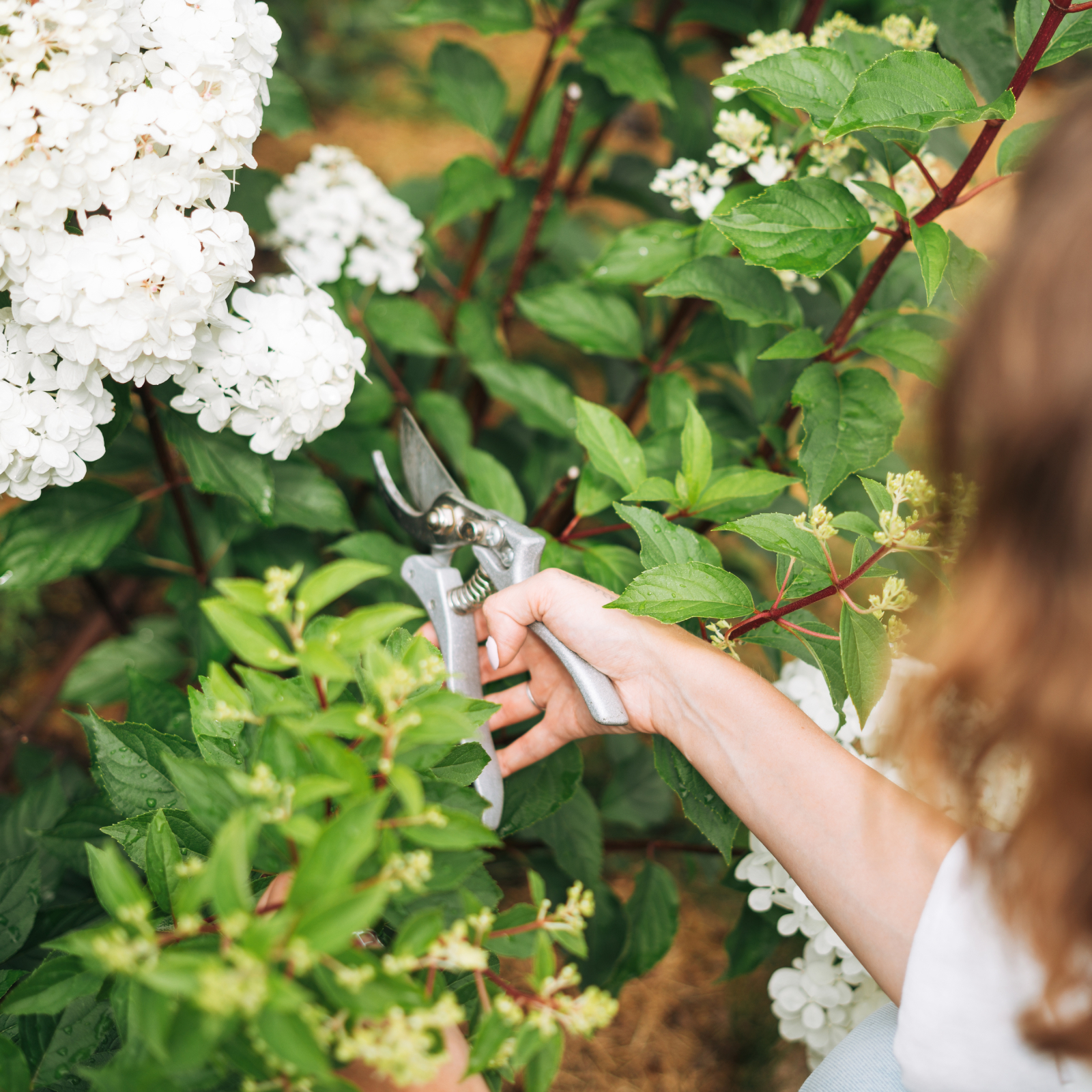 Pruning Limelight Hydrangea Bushes For Bigger Blooms & Stronger Plants
Pruning Limelight Hydrangea Bushes For Bigger Blooms & Stronger PlantsPruning 'Limelight' hydrangea will benefit the shrub. Flowers will be more bountiful the next year and branches will be stronger. Learn how and when to prune.
-
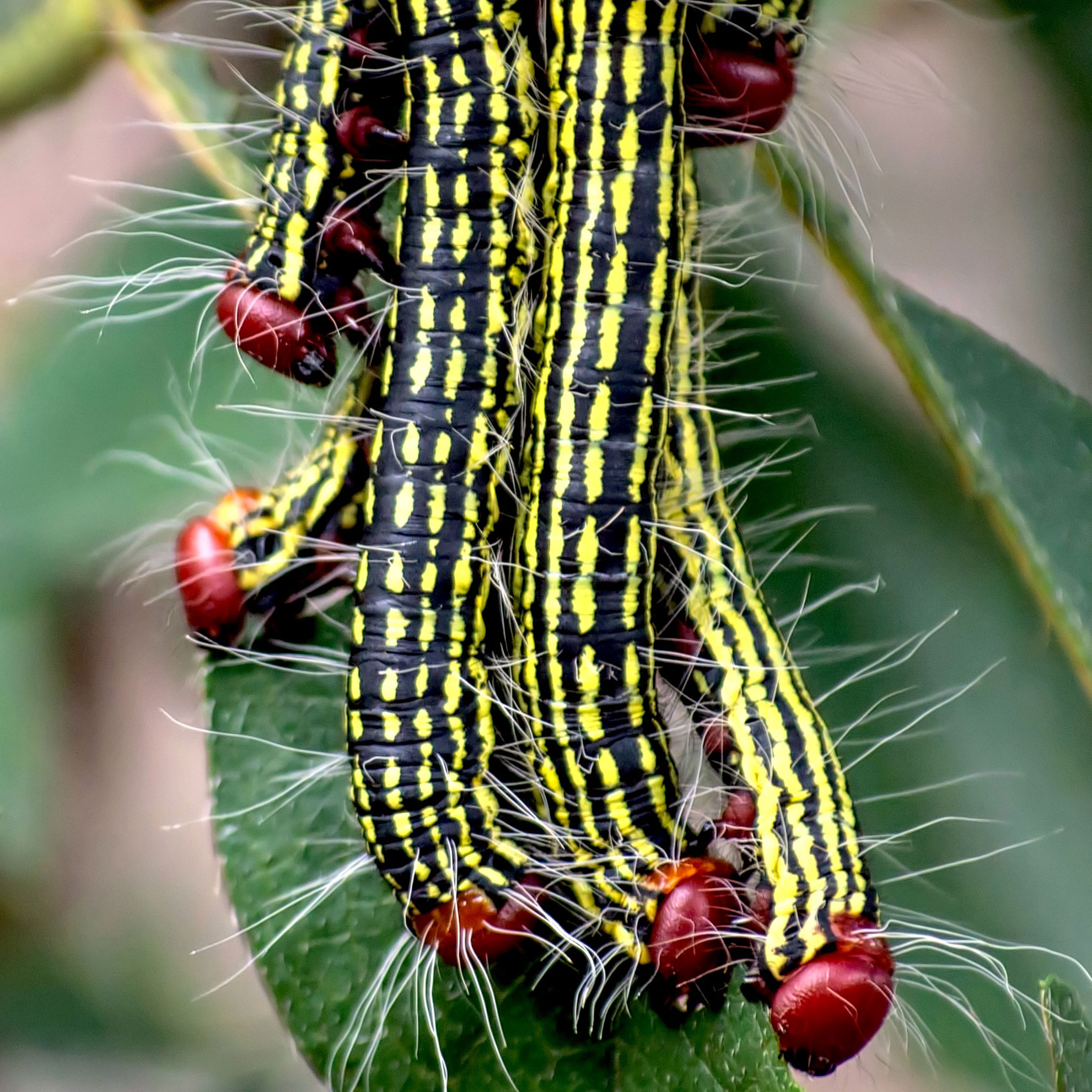 What’s Wrong With Your Azaleas? Identify, Tackle And Prevent 6 Common Azalea Pests
What’s Wrong With Your Azaleas? Identify, Tackle And Prevent 6 Common Azalea PestsIf you’ve spotted signs of azalea leaf damage, don’t panic – here’s how to identify the most common azalea pests so you can take action swiftly and keep plants healthy
-
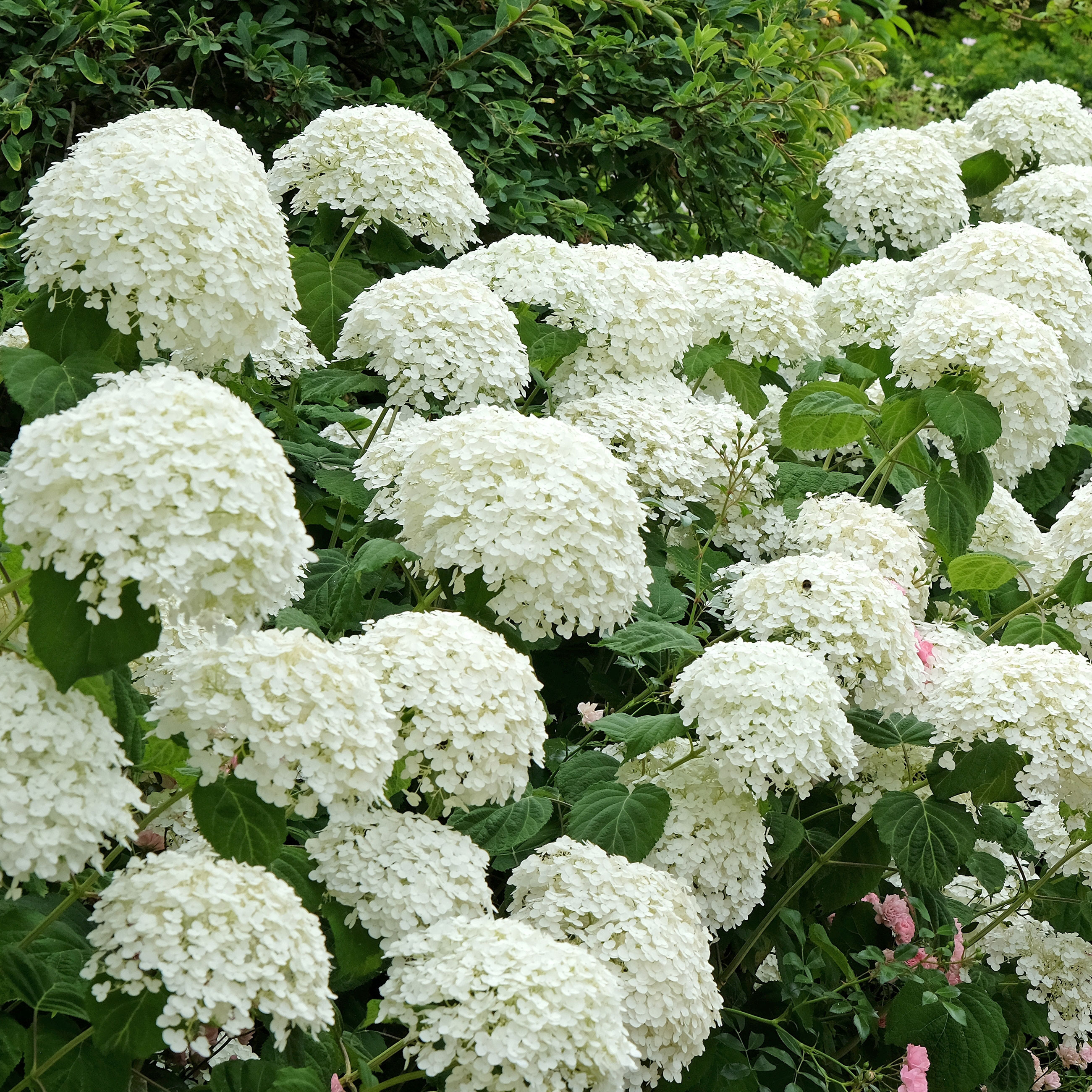 Native Hydrangea Varieties In North America – 8 Sensational Smooth And Oakleaf Varieties For Hardy Blooms And Multi-Season Beauty
Native Hydrangea Varieties In North America – 8 Sensational Smooth And Oakleaf Varieties For Hardy Blooms And Multi-Season BeautyHydrangeas are beloved for their enduring visual dynamics – but if you go native, they’re even better. Here are the most captivating native hydrangea varieties you can grow
-
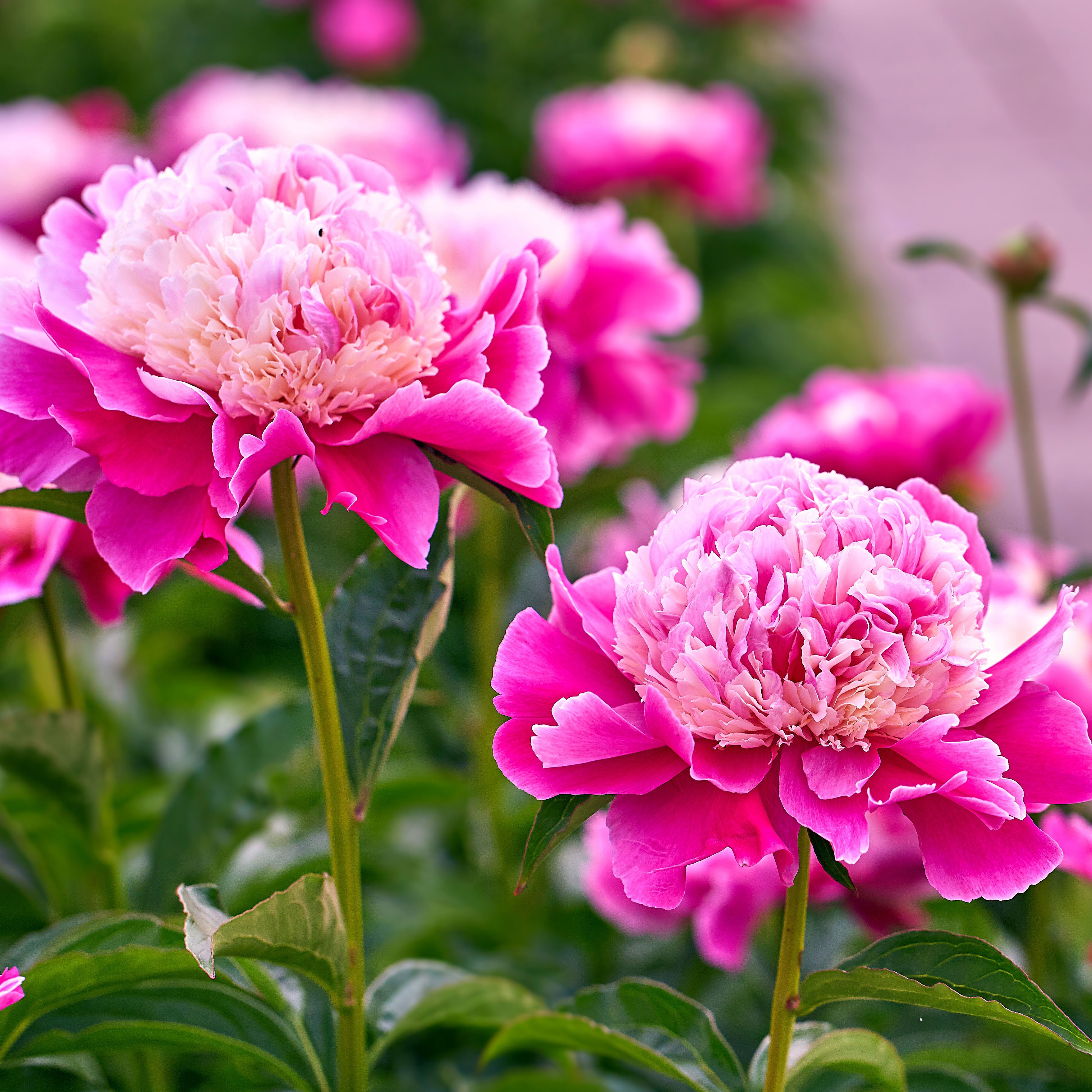 Grow These 8 Pretty Peony Colors To Include In Your Garden For A Spectacular Spring Rainbow
Grow These 8 Pretty Peony Colors To Include In Your Garden For A Spectacular Spring RainbowThere are as many shades of peony as there are types of garden – each more gorgeous than the last. Discover some of the most exhilarating peony colors for your yard
-
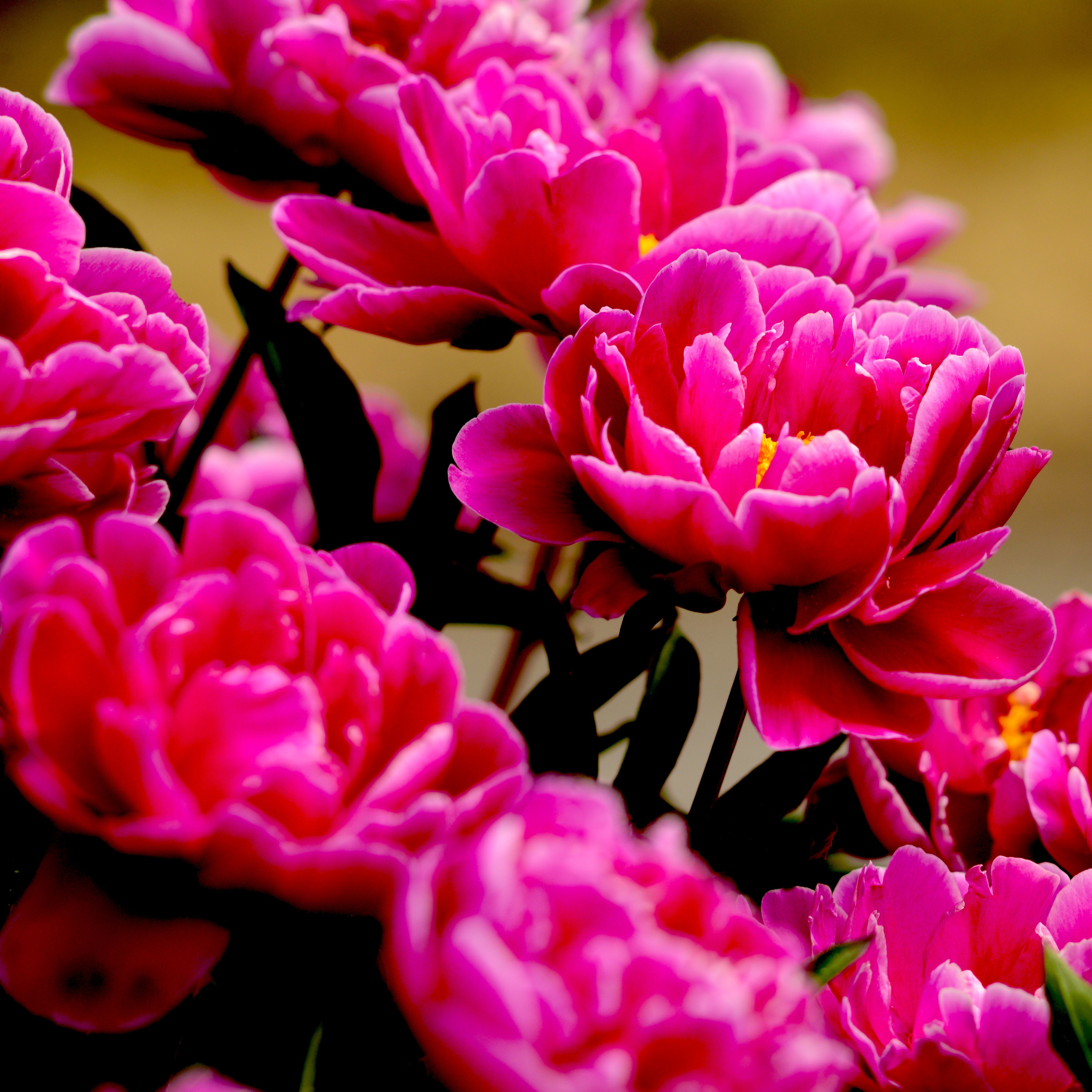 Grow ‘Karl Rosenfield’ Peony Plants For The Ultimate Frilly Border Beauties And Cut Flowers
Grow ‘Karl Rosenfield’ Peony Plants For The Ultimate Frilly Border Beauties And Cut FlowersFor frilly double magenta peony petals infused with a heady fragrance, grow ‘Karl Rosenfield’ peony plants. Here’s how to cultivate the ultimate plushy blooms
-
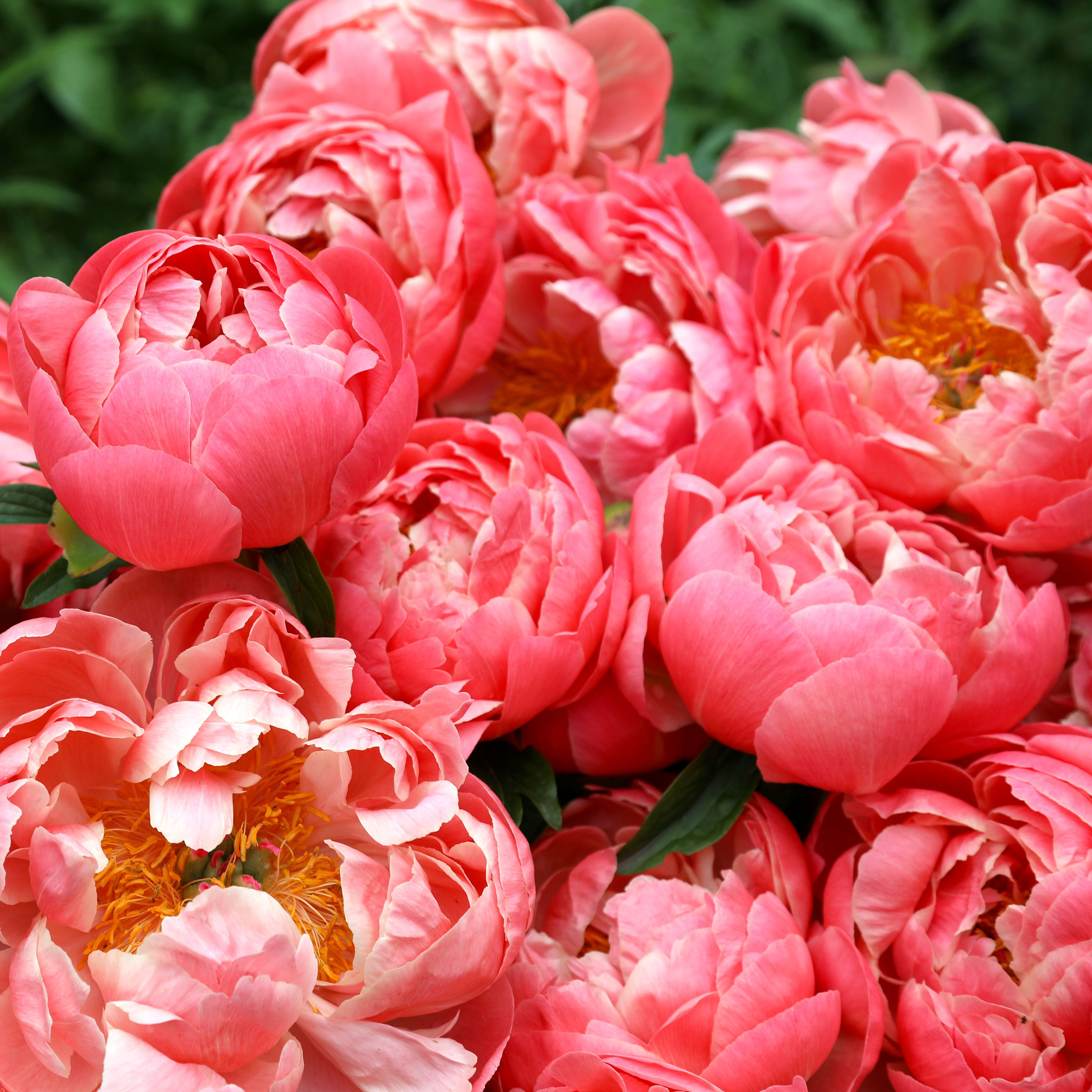 ‘Coral Charm’ Peony Care For Sublime Semi-Double Peonies With Lush Salmon Pink Flowers
‘Coral Charm’ Peony Care For Sublime Semi-Double Peonies With Lush Salmon Pink FlowersPeonies are known for their soft baby pink or magenta tones, but if plushy coral blooms are your thing, here’s our guide to the ultimate ‘Coral Charm’ peony care
-
 Want The Longest Lasting Hydrangea Flowers? Grow These 8 Panicle Hydrangea Varieties
Want The Longest Lasting Hydrangea Flowers? Grow These 8 Panicle Hydrangea VarietiesFor ornamental shrubs that deliver the longest flowering seasons with plush blooms and delicate hues, these panicle hydrangea varieties are essential in your yard